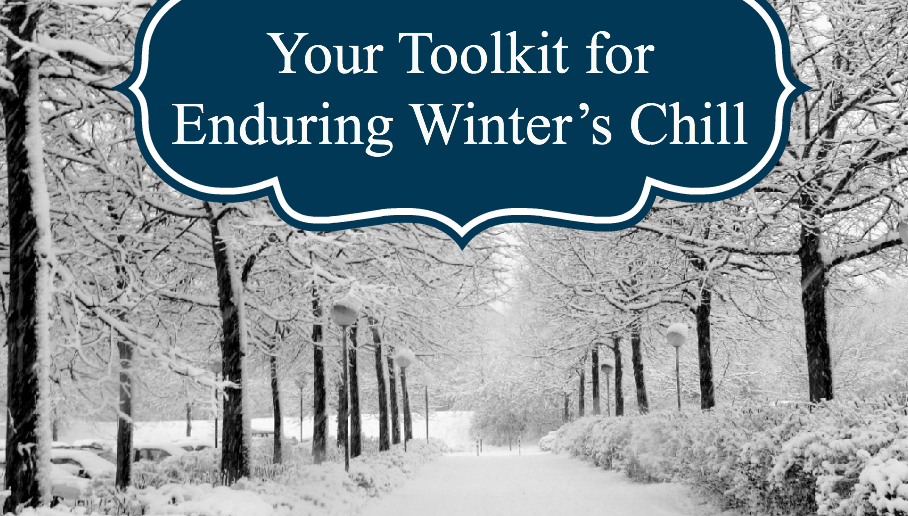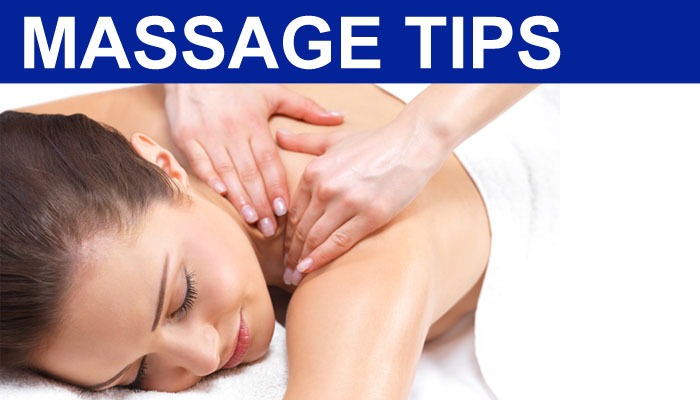Cold Weather and Pain

In some parts of the country, cold weather – and the accompanying pain – has already arrived. Even if you don’t live in an area with really cold winters, the changes in temps and addition of winter weather can still impact the pain you feel in your body. So here’s a guide to creating a “toolkit” so you can make it through the challenges of winter to the warmer weather of spring.
While not everyone has worse pain during the cold weather months, many do. Although there is no full agreement among scientists that weather impacts pain, there are many theories that at least point to validity in this concept. According to a survey published in the journal Pain, two-thirds of people living with chronic joint complaints in San Diego, Nashville, Boston and Worcester, Massachusetts, believed there to be a link between their pain and weather changes.
Challenge: Air Pressure Changes
A leading theory points to air pressure changes. Although many people say that their pain worsens with the cold, windy or rainy/snowy weather, the thing that affects people most is actually barometric pressure. Barometric pressure is the weight of the atmosphere around us. The tissues surrounding the joints are like a balloon with the capacity to expand – high barometric pressure keeps them from expanding. However, when the pressure drops, the tissues can expand and put pressure on the joints, causing pain.
Toolkit Tips
Remembering that joint pain from air pressure is temporary is the first tip. When the air pressure increases, pain subsides. In the meantime, you can also:
Stay warm. Dressing in layers, keeping your home heated, and warming up the car before you get in can help ease pain related to cold weather and the barometer, according to the National Institutes of Health. Also try:
– Sleeping under an electric blanket
– Warming clothes in the dryer before wearing
– Drinking plenty of hot beverages, such as tea (which has great health benefits too)
– Applying a heating pad to painful joints as a way of relaxing muscles to soothe pain
Try to prevent swelling. Warmth helps with joint pain, but not necessarily swelling, so if bad weather worsens arthritis in the hands, try wearing Spandex gloves at night to try to keep fluid out of the joints.
Keep moving. Warm up well before going outside during cold weather. Try to exercise painful joints to loosen up stiffness by stretching indoors, jogging in place (if going for a run), applying heat creams and using heating pads.
Challenge: Shoveling Snow
Moving the white stuff can cause back, shoulder, and chest pain. Snow is heavy to move – especially if it is very wet. Shoveling also puts strain on your heart.
Toolkit Tips
If you have heart problems, get someone else to shovel your driveway or walk. If you must do some shoveling, be sure to wear a hat, gloves, and waterproof shoes, do some pre-shoveling exercises, then employee these techniques:
– Use your legs, rather than your back, when you bend down
– Push snow rather than lift it
– Purchase an ergonomically designed shovel
– Pick up smaller portion of the snow to reduce the weight per shovelful
– Shovel in both directions to avoid repetitive motion across the body, which can cause strain
Challenge: Lack of Sunlight
Shorter and grayer days mean less sunlight. Combined with changes in barometric pressure and general cold temps, this can affect pressure in the brain or even the way the brain blocks pain – and trigger migraines in some people. While the exact mechanism is unknown, it’s clear that this type of weather results in more migraines for those who suffer from them. As well, less sunlight also means less vitamin D. Deficiency in vitamin D has been linked to an increase in headaches in the fall and winter, say researchers in a recent Journal of Headache and Pain study.
Toolkit Tips
Get light. If your headaches are due to a lack of sun, natural spectrum lights can make a big difference for some people. These lights best mimic natural daylight – so consider putting a garden-grow light in your home.
Increase your D. If you suspect a deficiency, supplementing the level of D your body is getting is an easy fix. Learn your levels and work with your physician on finding your “sweet zone” for vitamin D.
Walking on Ice
Walking on ice is a balancing act for even the most agile. Many people unconsciously tense their body to brace for a possible fall. The “tensing” can take a toll on muscles, creating more fatigue by the end of the day and a greater likelihood of injury. You are more apt to pull a muscle if you are tense when you fall rather than relaxed. If you have osteoporosis, with bones prone to fracture, the cold weather and potential for falls can make icy steps and walkways significantly more dangerous. One slip or fall can cause painful fractures that can be slow to heal and even disabling.
Toolkit Tips
Adjust your body tension. Start by being conscious of how tense/relaxed you are and try to address it. Your safest ice maneuver is to shuffle step without lifting your feet.
Wear sensible footwear. While you may want desire stylish winter footwear, you’ve got to be practical as well. Find boots with good arch support and treads that you can be comfortable in while walking on ice or snow.
Reduce your risk of falling. Add handrails on your porch, keep sidewalks free of snow and ice and avoid wearing shoes with slippery soles. Consider changes to the type of or timing of medications, if you take any that affect your balance or stability.
Think humans are the only ones impacted by cold weather and pain? Your furry companions may need a toolkit too. http://bit.ly/painpathwayscoldweatherpets
Other Conditions That are Affected by Cold Weather
People with rheumatoid arthritis, lupus and asthma can be more impacted by cold weather than the average person.
If you have arthritis or lupus, you will likely be more stiff in the morning. It may take you longer to get up and loosen your joints and get going. Since arthritis affects everything else within the joint itself, including the joint lining, all of these tissues, which have nerve endings in them are going to feel changes in the weather as tightness in the joint, or stiffness.
Asthma can be triggered in some people by physical activity in cold weather. If you already suffer from asthma, the winter air can make breathing difficult. Try a wearing a face mask when you need to go out in the cold. This will allow you to cover your mouth and use the heat from your own breathing to warm the air before it enters your lungs.
The good news is that cold weather and pain won’t last forever. As the weather improves, so will the pain symptoms. Having the right tools in your toolkit, however, should make enduring it a little easier.
PainPathways Magazine
PainPathways is the first, only and ultimate pain magazine. First published in spring 2008, PainPathways is the culmination of the vision of Richard L. Rauck, MD, to provide a shared resource for people living with and caring for others in pain. This quarterly resource not only provides in-depth information on current treatments, therapies and research studies but also connects people who live with pain, both personally and professionally.
View All By PainPathways






